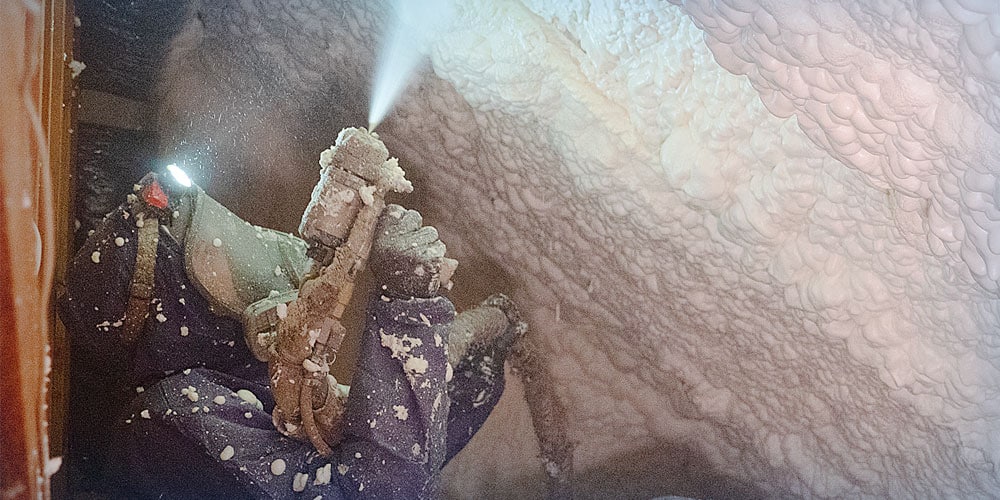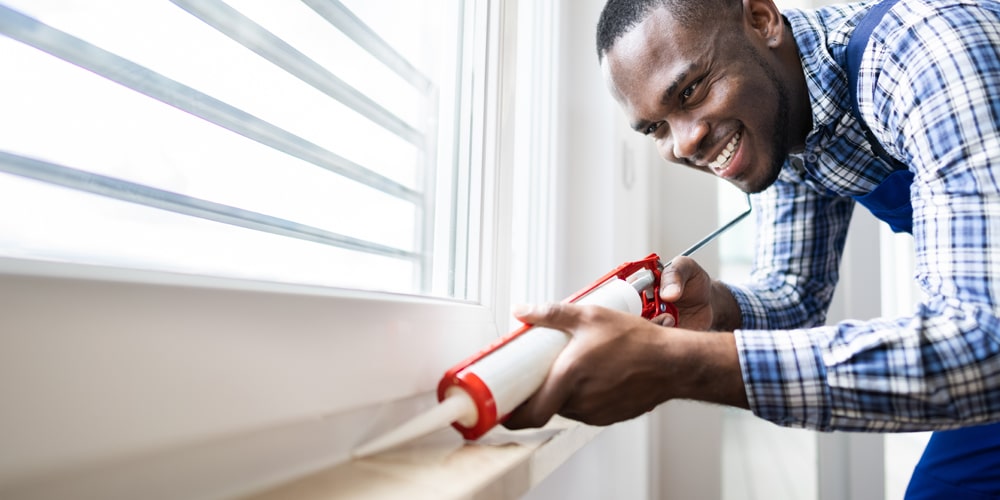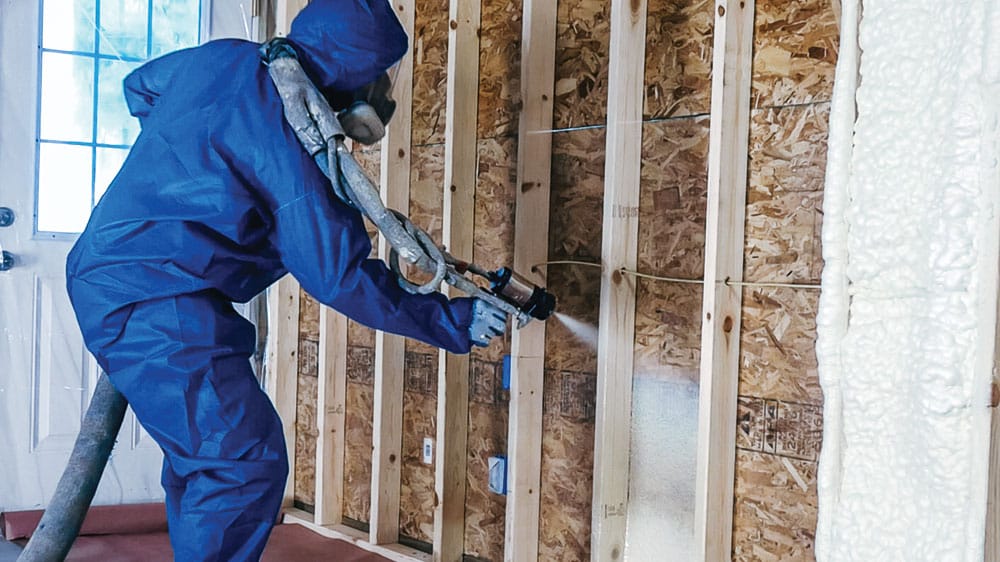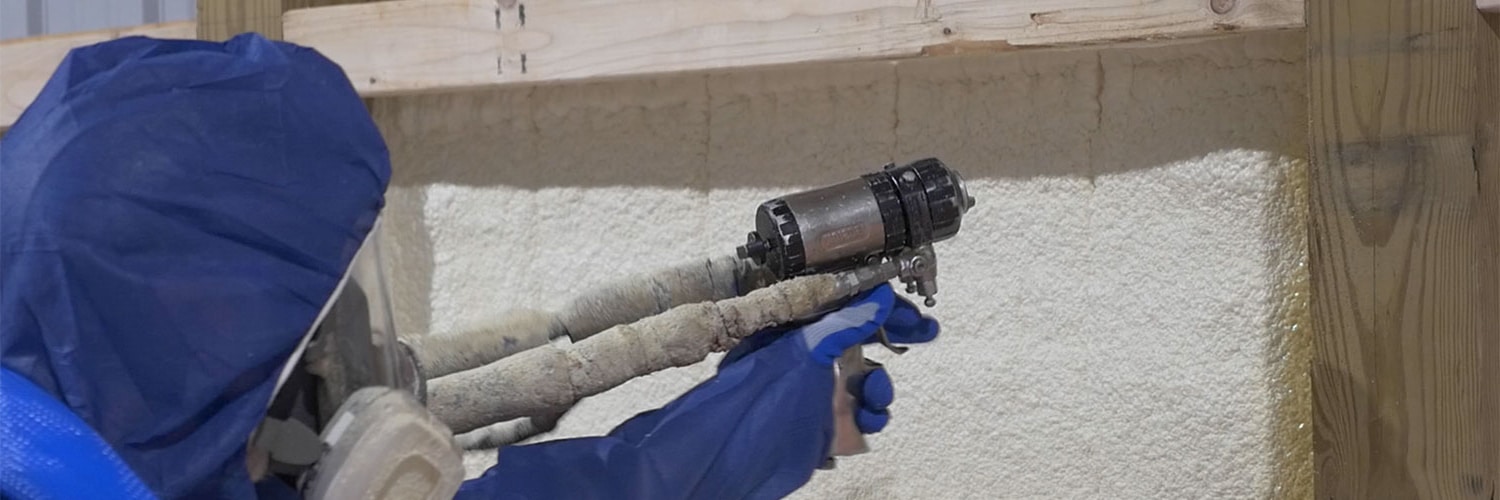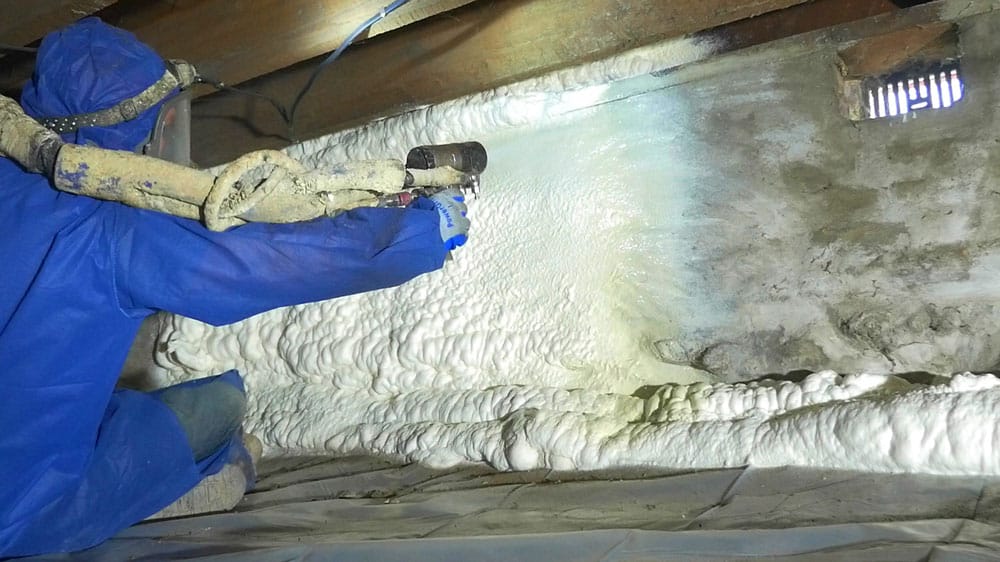Are you looking to insulate your attic to keep heat from escaping but aren’t quite sure which insulation type will meet your needs?
If so, you’re not alone. With Pittsburgh’s chilly winters and unpredictable weather, choosing the right attic insulation can make a huge difference in keeping your home comfortable and energy-efficient.
Unless your home was specifically built for energy efficiency, there’s a good chance you could reduce your monthly energy bills by adding or upgrading your attic insulation. Older homes in Pittsburgh often have inadequate or damaged insulation, but even newer homes can benefit from an attic upgrade that pays for itself within a few years, according to the U.S. Department of Energy. Since attics are a primary culprit for heat loss, choosing the right insulation method can be a game-changer.
RetroFoam of Pittsburgh has seen it all, and while our expertise is in spray foam insulation, we also understand the pros and cons of traditional options like fiberglass and cellulose.
So, let’s break down your options to help you decide which is the best insulation for your attic.
Types of Attic Insulation: Cellulose, Fiberglass, and Spray Foam
The three most common types of attic insulation are cellulose, fiberglass, and spray foam.
Each material comes with its unique benefits and drawbacks. Let’s take a closer look.
Best Way to Insulate an Attic: Comparing Cellulose, Fiberglass, and Spray Foam
As part of our commitment to educating homeowners, we want to walk you through the best insulation methods for attics and what to consider when making your choice.
Cellulose Attic Insulation: Pros and Cons
Cellulose insulation is one of the oldest materials used in home insulation.
It can be installed as loose-fill or blown-in and is often made from recycled newsprint or denim.
Cellulose Attic Insulation Pros
- Mold, Pest, and Fire Resistant: Cellulose is treated with boric acid, borax, or aluminum sulfate to resist mold, pests, and fire.
- Good Coverage: When blown in, it can fill tight corners and hard-to-reach areas in the attic.
- Cost-Effective: It’s an inexpensive option for attic insulation compared to other materials.
- Eco-Friendly: Contains a high percentage of recycled materials and uses no greenhouse gases as propellants.
- DIY Potential: Suitable for do-it-yourself projects if you’re handy.
Cellulose Attic Insulation Cons
- Heavy Material: It weighs more than fiberglass, which could be an issue if used on sloped attic areas.
- Settling and Shifting: Airflow can cause cellulose to settle unevenly over time, requiring maintenance to redistribute it.
- No Air Seal: While it insulates well, it doesn’t prevent air from flowing through gaps, potentially driving up energy costs.
- Dust Concerns: Homes with HVAC systems in the attic may experience cellulose dust circulating throughout the house.
- Water Absorption: If it gets wet, it can absorb a significant amount of water, compromising its effectiveness and fire resistance.
- Slow Drying: Cellulose that absorbs moisture takes a long time to dry and may deteriorate over time.
Fiberglass Attic Insulation: Pros and Cons
Fiberglass insulation is found in many Pittsburgh homes.
It consists of tiny glass fibers and is available as either batts and rolls or loose-fill.
Fiberglass Attic Insulation Pros
- Cost-Effective: An affordable option for attic insulation.
- DIY-Friendly: Handy homeowners can often install fiberglass themselves.
- Fits Standard Spaces: Works well in attics with standard stud and joist spacing.
Fiberglass Attic Insulation Cons
- Allergen and Moisture Traps: It can hold allergens, dust, and moisture which may lead to mold.
- Health Risks: Disturbing fiberglass releases particulates into the air, which can cause respiratory issues and skin irritation.
- Airflow Issues: Fiberglass doesn’t create an air seal, meaning conditioned air can escape and increase your energy bills.
- Protective Gear Needed: You’ll need gloves, goggles, and long sleeves when handling fiberglass to avoid irritation.
Spray Foam Attic Insulation: Pros and Cons
Spray foam is an air barrier material that creates a complete seal to prevent air movement.
Open cell spray foam, in particular, can expand to fill every nook and cranny in the attic space.
Spray Foam Attic Insulation Pros
- Air Seal: Creates a barrier that stops air from escaping, reducing energy costs.
- Environmentally Safe: Modern spray foam is safe and doesn’t emit harmful chemicals.
- Water Resistant: It doesn’t retain water, so if your roof leaks, it won’t promote mold growth.
- Fire Safety: Class One Fire Rated and suitable for use in open attic spaces.
- Pest Deterrent: It isn’t a food source and doesn’t provide nesting grounds for pests.
- Semi-Conditioned Space: Insulating the roof deck with spray foam can turn your attic into a semi-conditioned space, adding to your home’s comfort.
Spray Foam Attic Insulation Cons
- Higher Initial Cost: Spray foam is more expensive than traditional insulation methods, though the long-term savings are significant.
- Professional Installation Required: This isn’t a DIY-friendly option. It must be installed by certified professionals.
- Potential Odor: Some brands may have a mild odor after application, so be sure to discuss this with your contractor.
What is the Best Insulation for Your Attic?
After weighing the pros and cons of cellulose, fiberglass, and spray foam, you might have a better idea of which insulation best fits your needs.
For Pittsburgh homeowners, the best method to insulate an attic often depends on your goals. If you want to significantly reduce energy costs and improve comfort, spray foam might be worth the investment. However, if you’re on a tighter budget, cellulose or fiberglass could be effective options with some maintenance.
If you’re interested in learning more about spray foam insulation or want to see how it could benefit your home, give us a call at 412-228-4506. You can also check out our Learning Center to explore more about foam insulation benefits and how it could be the best option for your project.

